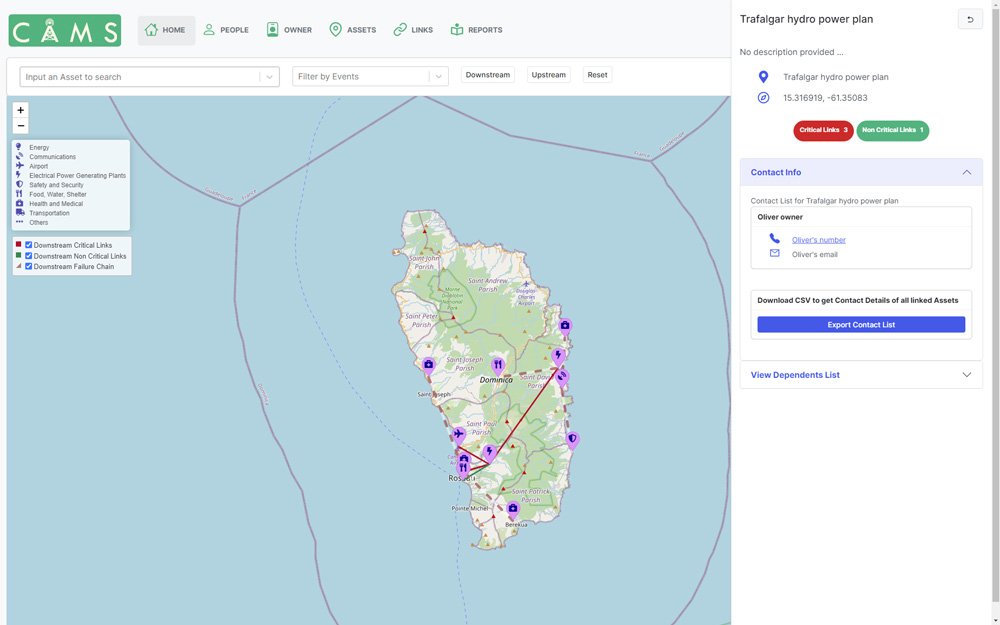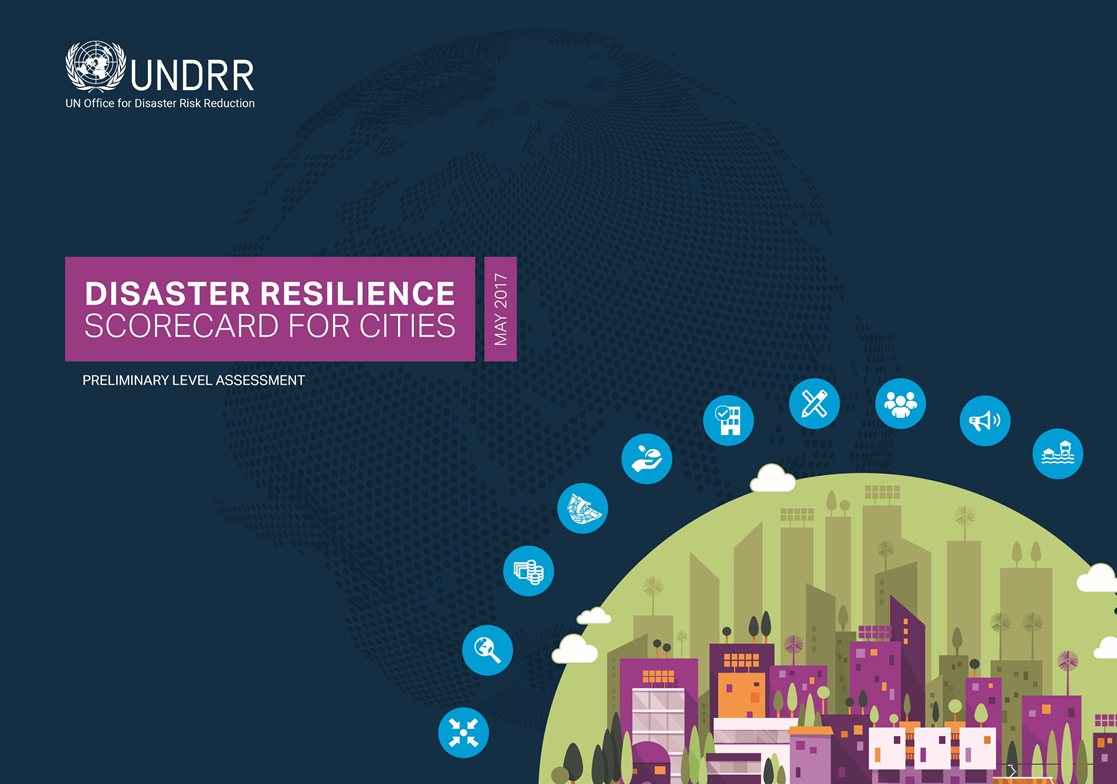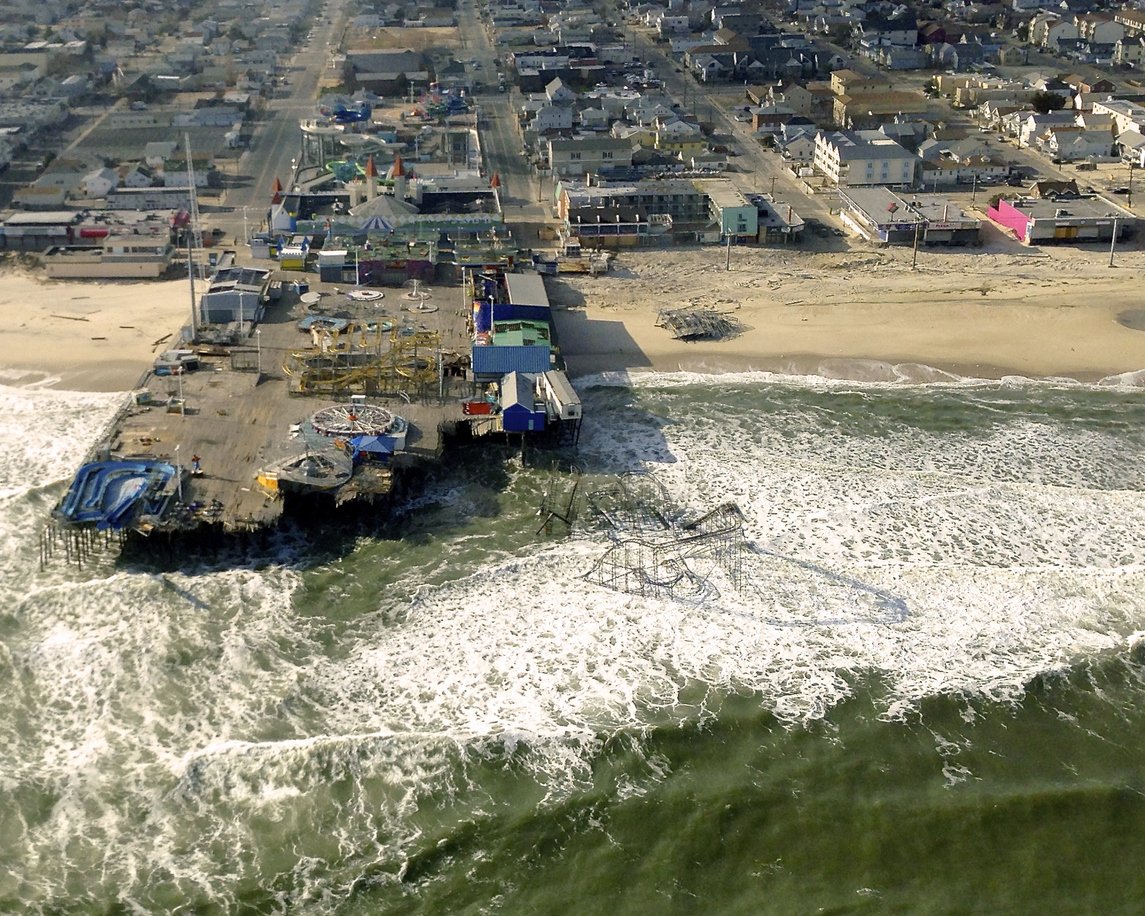
Infrastructure
ARISE-US Infrastructure Activities
Area Overview
This program area builds awareness of the need for more resilient infrastructure and communities, and develops free tools and methods for helping to achieve this.
Board Leader - Cynthia Hartley
Associate Vice President at AECOM focused on international disaster risk reduction and urban resilience. Member of the Department of Commerce Environmental Technologies and Trade Advisory Committee, chairs the subcommittee on Climate Change and Emerging Technologies.
Goals
Critical assets
Ground-breaking, free, Critical Asset Management System for inventorying critical assets and the links or dependencies between them.
Wildfires
Identify why and how to make infrastructure more resilient to wildfires. Includes the role of green infrastructure in wildfire risk mitigation.
Risk Reduction
Develop unique strategies to make infrastructure more resilient to disasters. Risk reduction strategies created for real situations and jurisdictions worldwide.
Action Guide
Enable scorecard users to turn findings into action - coherent, funded, successful programs of DRR investments sustainably and affordably.

Critical Asset Management System - CAMS
Overview
Few cities can identify all their critical assets or the dependencies between them. Consequently they are at risk of unforeseen cascading failures when a disaster strikes. CAMS enables cities and small states to identify critical assets across multiple systems (energy, water/sanitation, communications, roads, healthcare, government, education, ports...) and their interdependencies. In this way, risk of cascading failures can be detected in advance, planned for, and eventually mitigated. CAMS is free, and open sourced, with a growing community of coders adding function to the tool. It can also be used in for-profit business activities such as consulting or software creation.
What we Need
Users!
"Evangelists" to promote CAMS in different parts of the world
Coders and programmers to add functionality
Software and consulting companies who want to embed CAMS in their for-profit offerings
Successes
Validation of need from multiple future users
Minimum viable product tested and available
English and Spanish versions of the tool and user documentation available.
2 pilot users, with more under discussion
Growing global awareness of CAMS

Community Wildfire Risk Reduction Toolkit
Overview
Information and resources for communities on wildfire issues are fragmented, incompatible and thus hard to locate or combine into effective solutions. The Community Wildfire Risk Reduction Toolkit will assemble in one place everything communities with different wildfire risks (mountains/forests, mixed grassland, prairies, etc) need to reduce their risk at the property, neighborhood and landscape scales. It will include a new scorecard for wildfire risk and integrate other assessments within this, an action planner, and extensive advisory material and references on all aspects of mitigating risk. Eventually it may link to contractors and service providers who can help with risk mitigation.
What we Need
Expertise on all aspects of wildfire risk reduction: data and analysis, environmental management, civil engineering, community engagement, business engagement, insurance and financing.
Authors;
Reviewers;
Communities to test and evaluate what we create.
Successes
Validation of need;
Structure and contents of Version 1 agreed, and now being drafted;
Initial group of volunteer experts and writers assembled;
Engagement from CalFire ;
Engagement from several communities interested in being users.

Scorecard Action Guide
Overview
The UN City Disaster Resilience Scorecard, authored by ARISE-US, has been used by over 350 cities around the world to baseline their current resilience, and the likely impact of climate change. However, baselines, per se, do not tell users how to move forward - what remedial actions to take, priorities, how to get funding, governance strictures, integration with existing plans, how to engage communities, and so on. The Action Guide is designed to address that gap.
What we Need
• Expertise on all aspects of disaster risk reduction and planning - especially planners. finance specialists, community engagement specialists...
• Authors;
• Reviewers;
• Communities to test and evaluate what we create.
Successes
• Validation of need via survey of 230 cities and via detailed comments from MCR 2030 practitioners;
• Commitment from Arizona State University to repeat the survey annually;
• Structure and contents of Version 1 agreed, and now being drafted;
• Initial group of volunteer experts and writers assembled;
• Engagement from several communities interested in being users.

Waterfront Alliance Scorecard Assessment Tool
Overview
ARISE-US is partnering with Waterfront Alliance (WA) to create a scorecard assessment tool for coastal communities to assess their resilience. The tool builds on the very successful series of scorecards created by ARISE-US, including the City Scorecard and the Wildfire Scorecard. Building on the "Ten Essentials" from the Sendai Framework, it will also incorporate as applicable elements of WA's WEDG(TM) standards for waterfront development to create the first truly holistic resilience tool for coastal resilience. As with all ARISE products, the scorecard will be available for free, but also available for for-profit use where desired.
What we Need
Drafters
Reviewers
Subject matter expertise in coastal resilience - engineering, environment, architecture, community engagement, planning, disaster response, risk management.
Introductions to potential user communities for piloting
Advocacy and promotion of the Scorecard.
Successes
Complete first draft by end of 2024
Complete peer review by end of 2024
Engage pilot user communities by Q1 2025
Publish widely by Q1 2025
Create on-line and standalone computer tools by Q1 2025
Events
-
TBD
TBD
-
TBD
TBD
-
TBD
TBD












